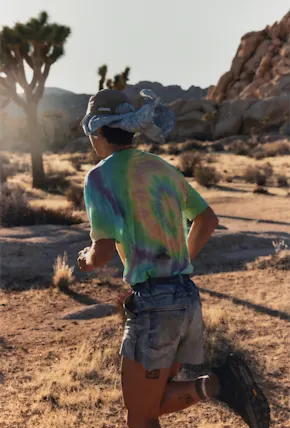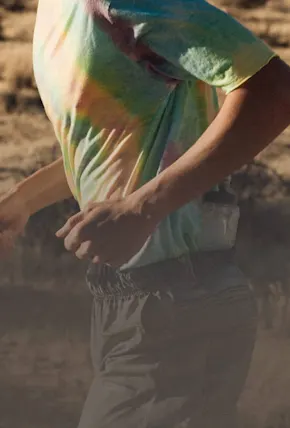“Give us the Garmin, Hannah,” said James, a fellow journalist, extending his hand towards me expectantly. We were halfway through a week-long guided gravel cycling trip in the Galloway Forest in Scotland and Lakes District in England with adventure travel outfit Wilderness Scotland. I had made it a goal to try and focus on the riding rather than the numbers—no peeking at the mileage or elevation gain. But instead, I couldn't stop staring at my cycling computer. I was fixating on my pace, watching the elevation total tick up with every climb, and counting down the miles like I was racing an invisible cutoff.
James was just trying to hold me accountable. But it felt more like an intervention.
Admittedly, my relationship with data had gotten a bit out of hand. At first, my device—Garmin, smartphone, digital camera, whatever it is—was just a tool. It offered a way to plan my own routes (that’s the fun part) and stay prepared for weather or dwindling daylight. Even as a former backpacking guide, I still feel safer knowing the route details as I’m rolling along, including how far I’ve gone, how much climbing is left, and how long until the next turn.
But somewhere along the way, that awareness morphed into an obsession. I wasn’t just glancing, I was constantly checking. I’d verify the route even when I knew the path stretched straight for miles. I’d count down vertical feet (1k down, 2k to go!), analyze my average pace, and estimate how long the day would take. Once or twice, I backtracked just to hit a round mileage number for Strava.













